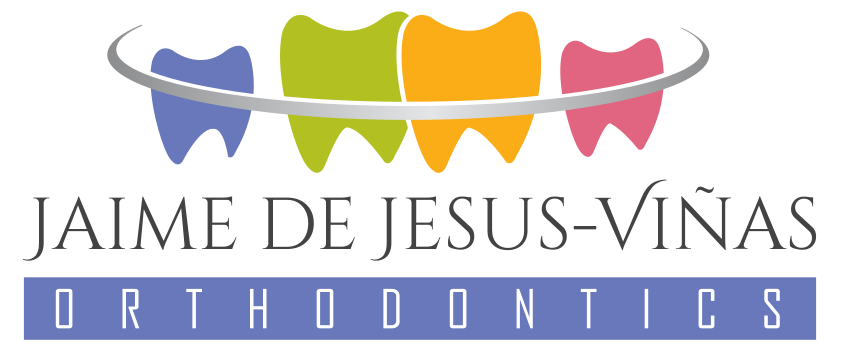Types of Braces
Ceramic Braces
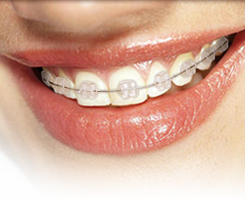 Ceramic braces are made of translucent (clear) material. They are most popular with adult patients, due to their cosmetic appeal. The only drawback to ceramic brackets is that they are more fragile, and the elastic ties can discolor between orthodontic visits.
Ceramic braces are made of translucent (clear) material. They are most popular with adult patients, due to their cosmetic appeal. The only drawback to ceramic brackets is that they are more fragile, and the elastic ties can discolor between orthodontic visits.
In-Ovation R
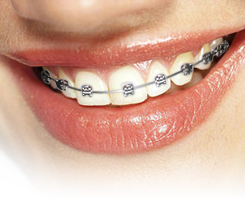 In-Ovation R is a self-ligating bracket, which allows more control during treatment than more traditional brackets. The difference is that they are smaller in size but also stronger and more efficient because they have a built-in clip that holds the archwires in place without the need for wire or elastic ties. This allows for greater overall attractiveness and a more reliable product.
In-Ovation R is a self-ligating bracket, which allows more control during treatment than more traditional brackets. The difference is that they are smaller in size but also stronger and more efficient because they have a built-in clip that holds the archwires in place without the need for wire or elastic ties. This allows for greater overall attractiveness and a more reliable product.
The clip is also more comfortable than the standard wires because it does not gouge or stick to a patient's cheek or gum line. Many patients report faster, more efficient results, which means less fuss and fewer treatment visits for you.
Invisalign®
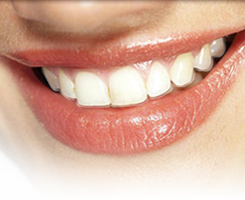 The Invisalign® System is a series of clear overlay templates—called aligners—that have been generated by computer simulation to gradually move the teeth. This system is available to adult patients with certain orthodontic bite problems. Ask us if you are a candidate for the Invisalign® system.
The Invisalign® System is a series of clear overlay templates—called aligners—that have been generated by computer simulation to gradually move the teeth. This system is available to adult patients with certain orthodontic bite problems. Ask us if you are a candidate for the Invisalign® system.
Mini-Twin
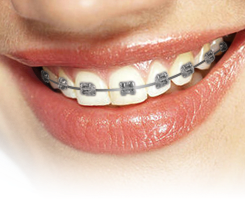 The mini-twin bracket has a mesh bonding base that allows it to curve, more accurately conforming to the tooth. Over the course of the treatment, it needs fewer archwires than standard brackets, which increases the overall comfort of the patient over the duration of the treatment.
The mini-twin bracket has a mesh bonding base that allows it to curve, more accurately conforming to the tooth. Over the course of the treatment, it needs fewer archwires than standard brackets, which increases the overall comfort of the patient over the duration of the treatment.
Many patients enjoy its smaller, more compact size, which enables it to be less noticeable, but not less effective. While its profile is up to 30% smaller than its competition, it maintains the standard size for its bracket slots, which enables it to maintain the stability and control so important to the treatment process.
Lingual Braces
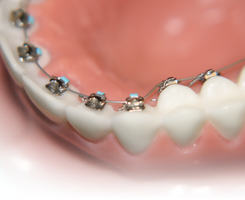 Lingual braces are placed behind the upper and/or lower teeth, creating a more aesthetically pleasing effect. Because the brackets and archwire are actually placed at the back of your teeth, they are virtually undetectable, allowing you to retain your normal appearance for the duration of your treatment.
Lingual braces are placed behind the upper and/or lower teeth, creating a more aesthetically pleasing effect. Because the brackets and archwire are actually placed at the back of your teeth, they are virtually undetectable, allowing you to retain your normal appearance for the duration of your treatment.
Your doctor took courses specializing in the placement of these braces. They are custom made for your maxillofacial structure. While some patients note problems with speech initially, such problems generally disappear within a few weeks and with practice.
